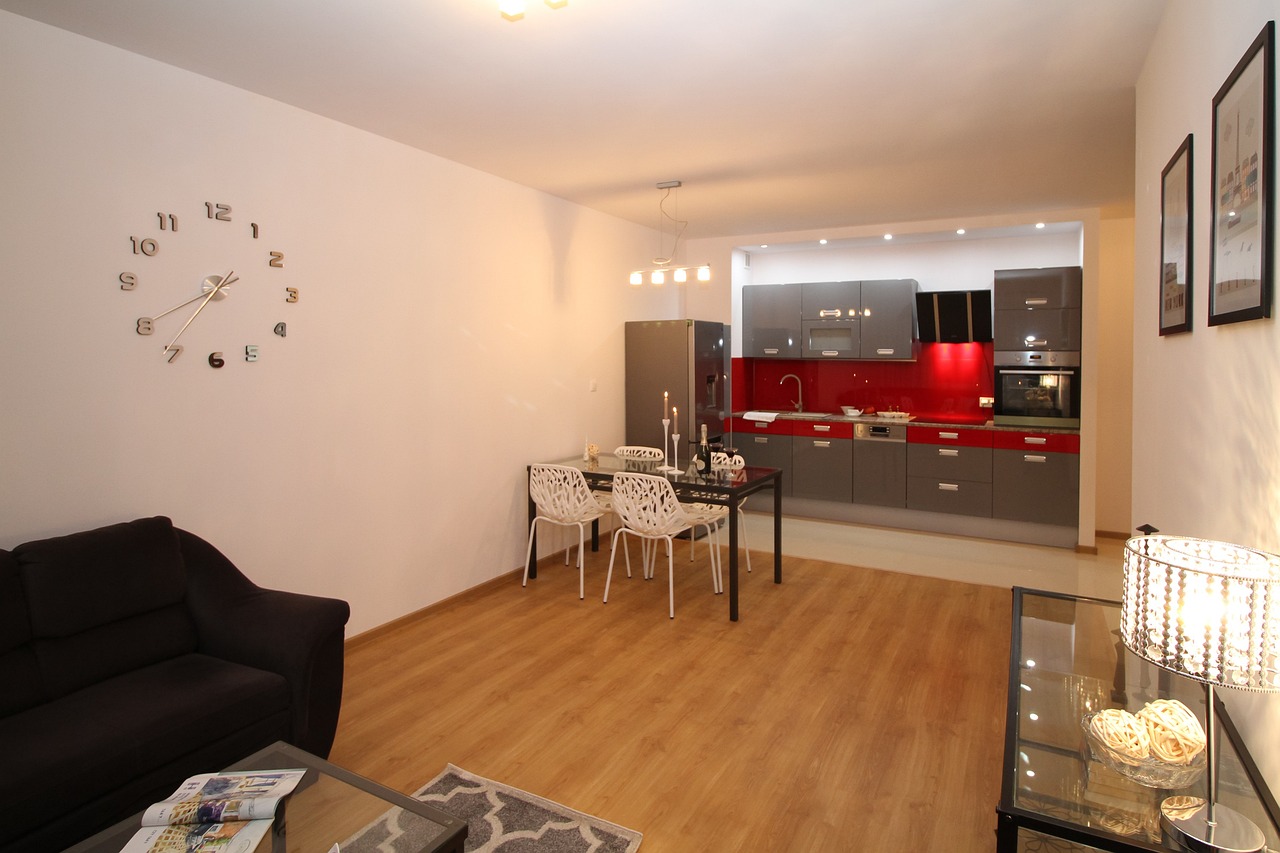Your kitchen is a central space in your home. It is where you prepare tasty meals, bond with loved ones, and make memories and so therefore, you want it to be a wonderful space to spend time in. If you are thinking about designing or redesigning your kitchen or renovation, you’ll need to consider lots of elements. One element in particular that requires careful consideration is selecting the right colour palette. The colour you choose for your kitchen will influence its overall look and feel, impacting both its appearance and practicality. To help you out, we’ll discuss some tips on how to pick the ideal colour palette for your kitchen design, creating a space that truly showcases your personal style and needs.
How to Choose the Right Colour Palette
Since there are so many options available on the market to choose from, it’s natural to feel a little overwhelmed while choosing the colour palette for your kitchen. But don’t worry, we are here to guide you.
1. Start with Inspiration:
Before you even think about swatches and paint chips, gather some inspiration. Browse through magazines, social media, and Pinterest boards, or ask our kitchen designer in Sydney. You can even take a stroll through nature. Notice the colours that catch your eye and evoke the feeling you want in your kitchen. Are you passionate about the calming blues of the ocean or the warm, earthy tones of a rustic farmhouse? Do you prefer the fresh green tones of nature? Are you after a more luxurious look? Let your imagination do the work and record all your thoughts.
2. The Psychology of Colour:
Colours have psychological effects on our emotions and behaviour. For example, the colour blue is often associated with feelings of tranquillity and calm, while red can stimulate appetite and energy. Understanding the colour concepts can help you choose colours that reflect how you want your kitchen to look and feel for yourself and others in your home.
3. Consider Your Space and Light:
Every kitchen is unique, and the amount of natural light it receives can greatly impact how colours appear. If you are blessed with ample sunlight, you have the freedom to experiment with darker shades. For smaller or less well-lit spaces, lighter colours can help open up the room and create a more spacious feel, and you’d want to stay away from dark colours. Neutral tones like soft greys, creams, and light blues are versatile options you can choose from and work well in various lighting conditions.
4. Maintain Visual Flow:
Take a look around your home. Check what colours currently dominate your decor and adjoining spaces. Your kitchen’s colour palette should complement the overall aesthetic of your home. If your living spaces lean towards earthy tones, consider extending those colours into your kitchen for a seamless flow.
5. Add a Splash of Colour:
While neutral colours provide a calm and versatile base, they also allow you to introduce more vibrant colours. A little contrast can add depth and character to your kitchen design. Consider using a bold accent colour to create visual appeal. For instance, if you opt for a neutral base, a vibrant backsplash or colourful cabinet accents can be the perfect pop of personality.
6. Create Balance with a Neutral Base:
You might want to try a balance between timeless and trendy when choosing colours. The latest colour palettes might be tempting, but your kitchen is your long-term investment, so be sure to think ahead too. You can choose from classic colours, including soft whites, warm greys, or neutral wood tones. These choices stand the test of time, and they are stylish and trendy as well.
7. Test Before You Commit:
Before you make a final decision, try a paint sample. So, once you have narrowed your choices, grab some samples and apply them to a small area of your kitchen. Check how the colours interact with your lighting and existing elements. Be sure to check out the colours at different times of the day, too. This will give you a better sense of how they’ll work in the larger space. Adding 3D experimentation to your colour choices can also help you visualise how your kitchen will look with the colours you have chosen.
8. Don’t Forget the Finishing Touches:
Colour palettes aren’t just about walls and cabinets. You need to consider how your chosen colours will work with other elements, such as countertops, flooring, backsplashes and fixtures. These combinations can make or break your overall design.
In Conclusion
Designing your own kitchen is a personal and exciting journey. There are no hard and fast rules when choosing colours. Take your time to research and decide what colours feel right to you. Your kitchen is a space where you will spend a lot of time cooking and enjoying food with your family and friends, so choose a colour that makes you feel at home and happy every time you step into it.
